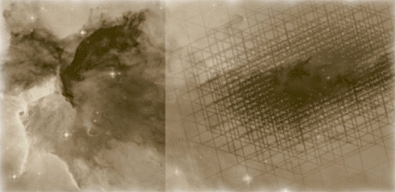|
Despite of the flow of new high-resolution observations and advanced simulations of star forming regions, the main controling agents of the early phase star formation process remain highly debated.
Due to the complex interplay of gas and dust, magnetic fields, radiation, chemistry, and turbulence, advanced numerical and observational methods are currently used to analyze the problem. Many of these methods harbor hidden difficulties, traps, approximations, and assumptions. In the current science landscape, these are often unmentioned although overcoming them might be crucial for a progress in the understanding of the early phase of star formation. The main objective of the EPoS 2006 meeting is to present recent results of research about the early phase of star formation while highlighting the underlying approximations and assumptions made in numerical and observational methods. Major emphasis should be given to suggestions on how to overcome the limitations of the approximations, assumptions, and reduction techniques. The meeting focusses on the theoretical and observational aspects of the first phase of the stellar birth, addressing both low- and high-mass stars. Topics of particular interest for the conference are triggered star formation, clustered star formation, cores, chemistry, collapse, fragmentation, jets, competitive accretion, giant molecular clouds, binarity, magnetic fields, initial mass function, turbulence, and early phases of disks. The following guidelines may help in adapting the presentations and discussions to the objectives of the meeting:
|

|